WWII 80: Highlights from the Truman Library
Eighty years ago, World War II ended under President Truman’s decisive leadership. “WWII 80” uses historic artifacts, eyewitness accounts, and consequential documents from the vaults of the Truman Library and National Archives to highlight key moments in the war’s final months–from the Battle of the Bulge and liberation of Dachau to the unconditional surrender of Japan.
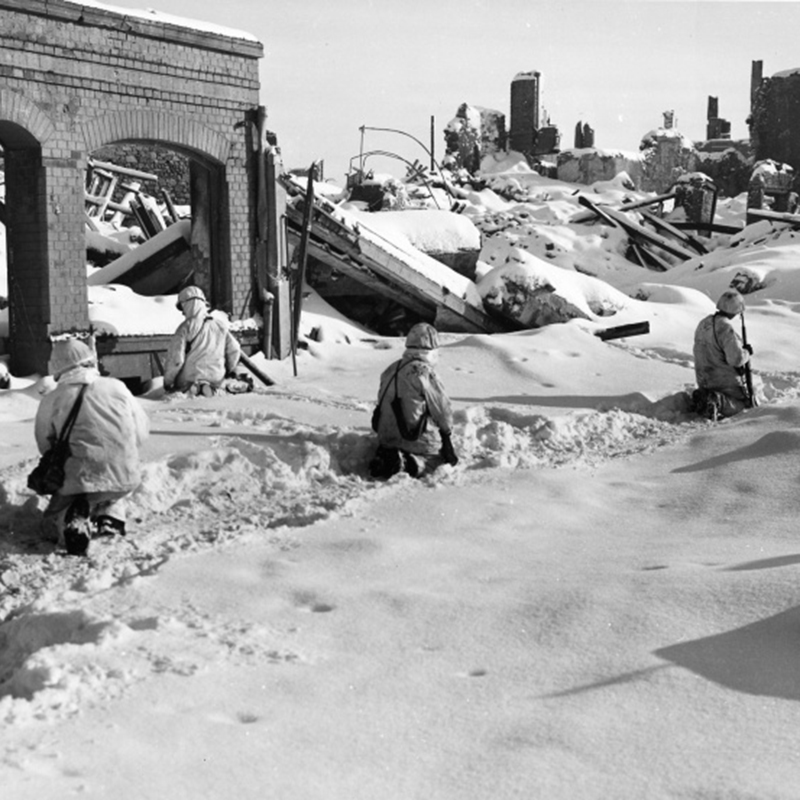
THE BATTLE OF THE BULGE
THURSDAY, JANUARY 25, 1945
How did the Allied forces win the bloodiest American battle of the deadliest war in human history?
On December 16, 1944, at the beginning of a historically frigid winter, the Germans launched what would be their final major offensive of World War II. The Battle of the Bulge was the bloodiest battle for American forces on the Western Front during WWII – 20,000 Americans were killed in this battle; tens of thousands more were wounded, missing, or captured.
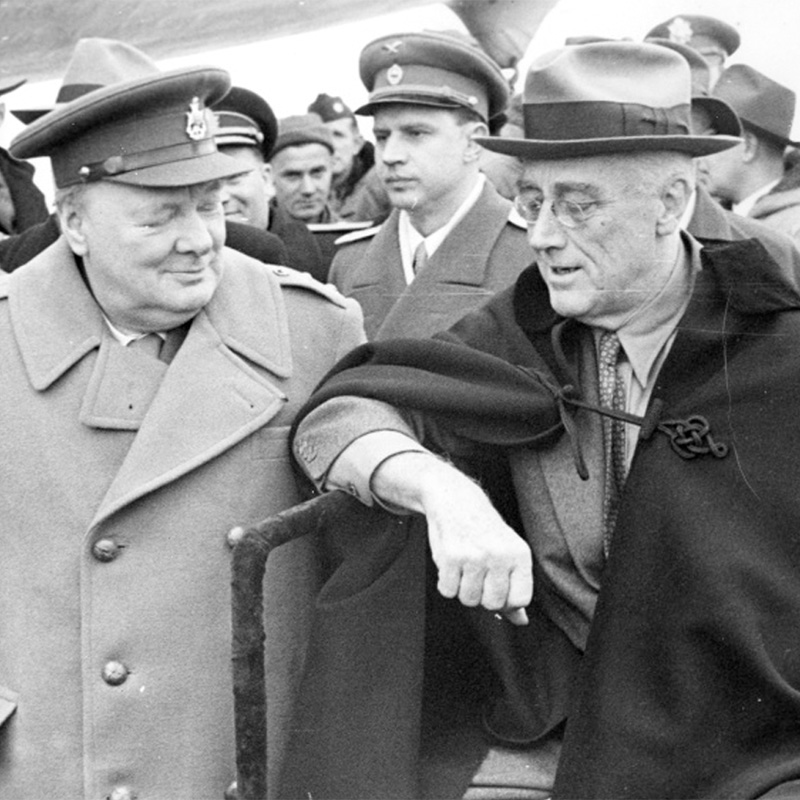
THE YALTA CONFERENCE
FEBRUARY 04-11, 1945
80 years ago, three men mapped the end of World War II. Did they also pave the way for a Cold War?
From February 4-11, 1945, the Crimean resort town of Yalta hosted some of the most powerful men in the world. In what was only their second (and last) meeting together, American President Franklin D. Roosevelt, British Prime Minister Winston Churchill, and Soviet Premier Joseph Stalin planned their final victory over the Axis powers and reached an agreement for governing Europe.
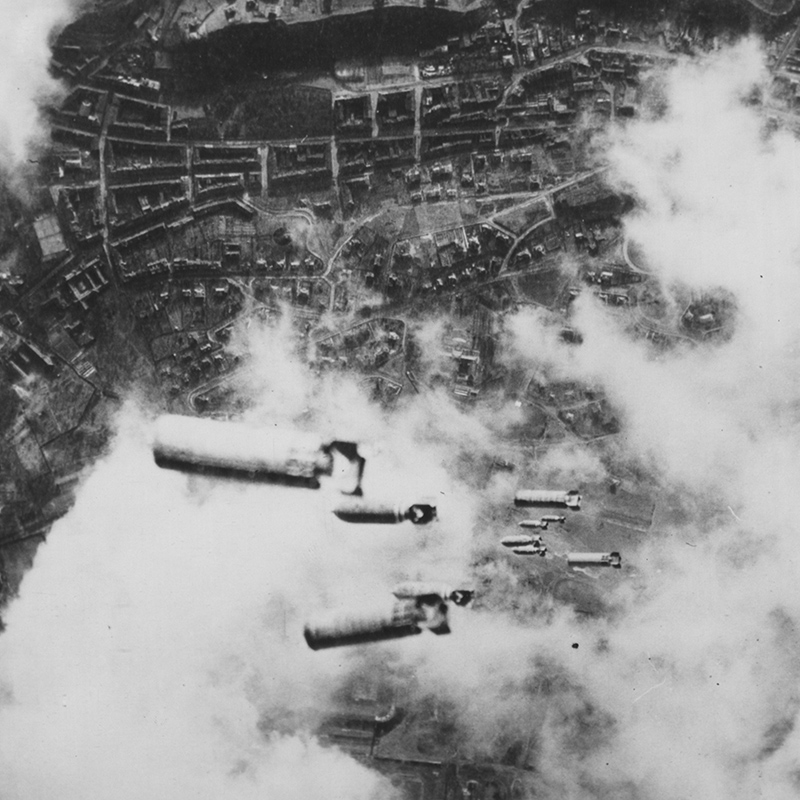
THE BOMBING OF DRESDEN
FEBRUARY 13-15, 1945
Eighty years ago, the Allied nations joined forces to defeat fascist brutality in Germany and Japan.
The march to victory, however, was not without its own horror. Then as now, the bombing of Dresden exemplifies the cruelty of that cruelest of wars. Before February 1945, few could have predicted that the beautiful, historic city of Dresden would become a target for Allied bombers.
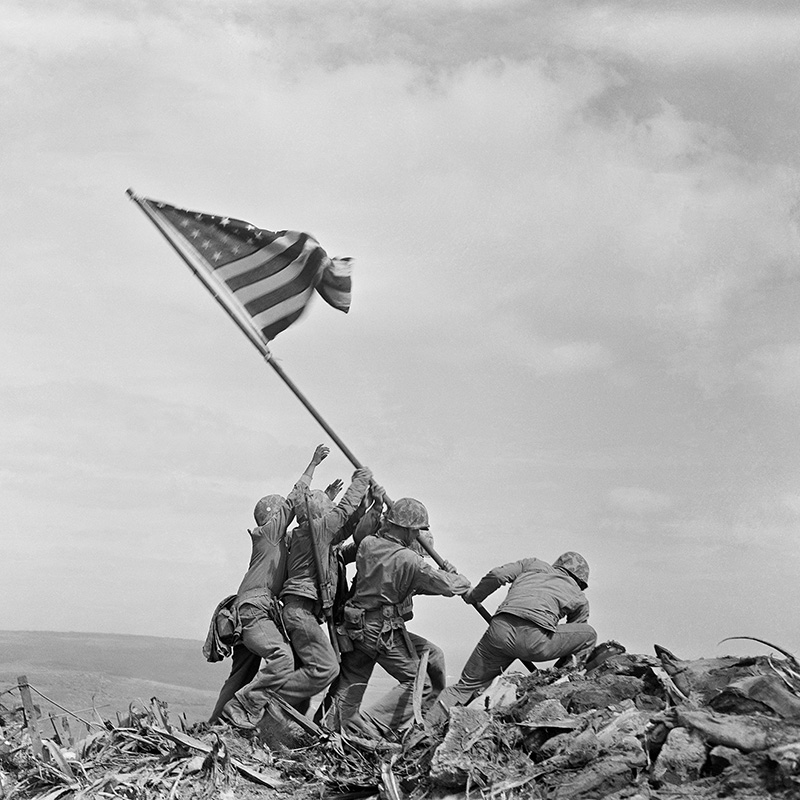
IWO JIMA
FEBRUARY 23, 1945
The Iwo Jima Memorial in miniature is a small testament to tremendous courage.
In February and March 1945, U.S. Marines and sailors fought a brutal battle with Japanese troops on a tiny island south of Japan. In the course of securing Iwo Jima more than 26,000 Americans were killed or wounded, and the Japanese garrison of 22,000 was nearly wiped out. For Americans, one iconic image of Iwo Jima predominates.
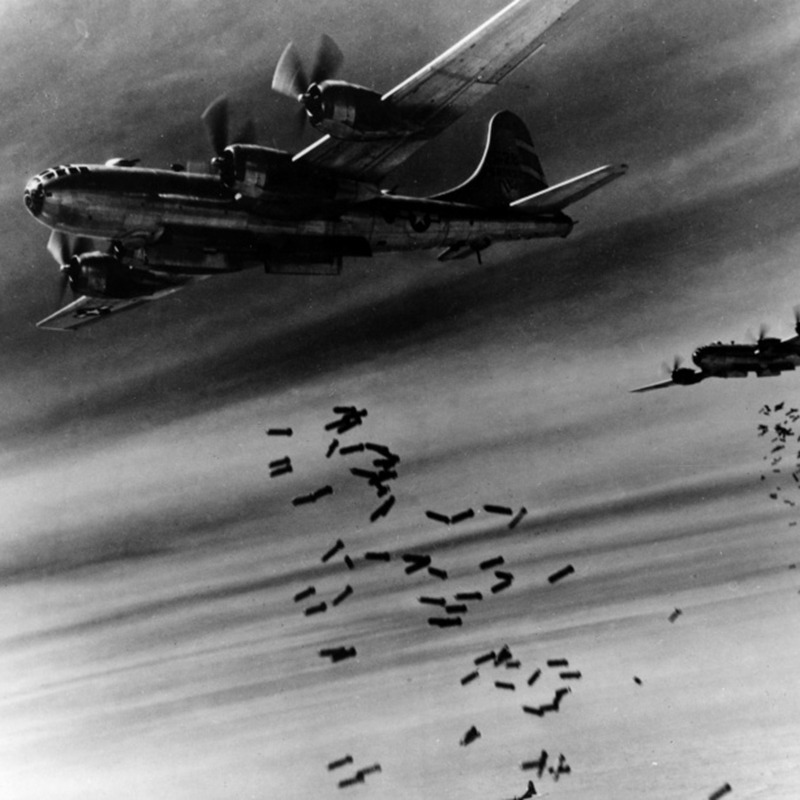
THE TOKYO FIRE RAIDS
MARCH 9, 1945
On the night of March 9-10, 1945, American B-29 bombers barraged Tokyo with napalm in the most devastating aerial bombardment in history.
Like the Tokyo Raid of 1942 (aka the Doolittle Raid), this attack, Operation Meetinghouse, was meant to damage Japanese morale and spur the end of the war. The nighttime raid marked a turning point in U.S. bombing tactics in the Pacific Theater.
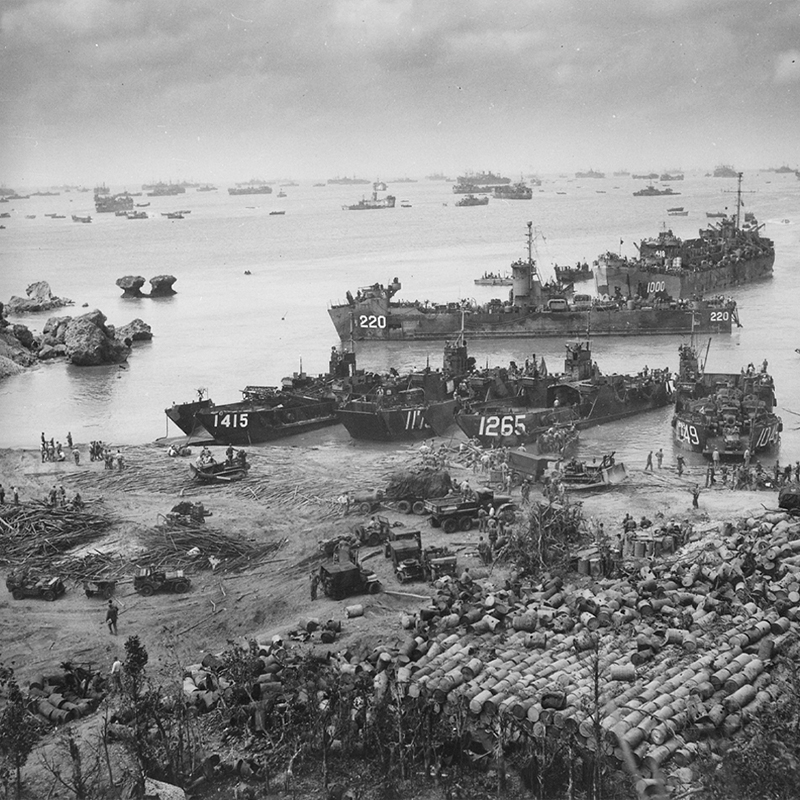
THE BATTLE OF OKINAWA
APRIL 1, 1945
Easter Sunday, April Fools’ Day, and codenamed “Love Day” by U.S. forces – must have seemed an unwarlike day for starting a major military operation.
Yet it was on that date that American troops landed on the Pacific island of Okinawa, initiating one of the bloodiest and most important battles of World War II.
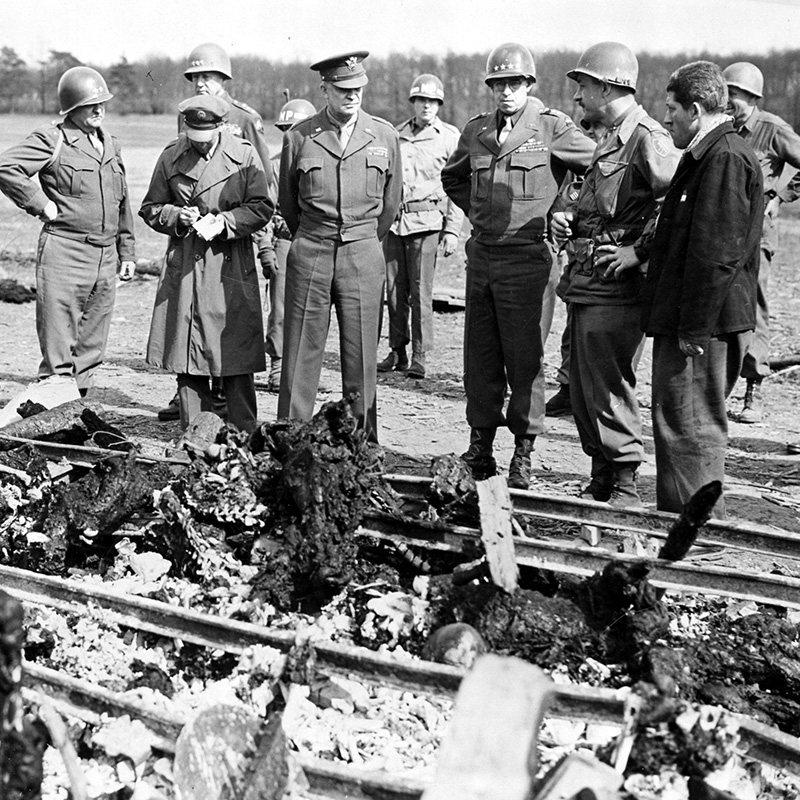
THE LIBERATION OF BUCHENWALD
APRIL 11, 1945
On April 11, GIs of the 6th Armored Division entered Buchenwald, the main camp in a large complex of concentration camps near Weimar that had recently been abandoned by German troops
American soldiers who liberated the camp were met by thousands of emaciated camp survivors. Shortly after the camp’s liberation, Bernard Bernstein reached Buchenwald and came face-to-face with the horrors of the Nazi Holocaust. His story is part of the Truman Library’s archives.

